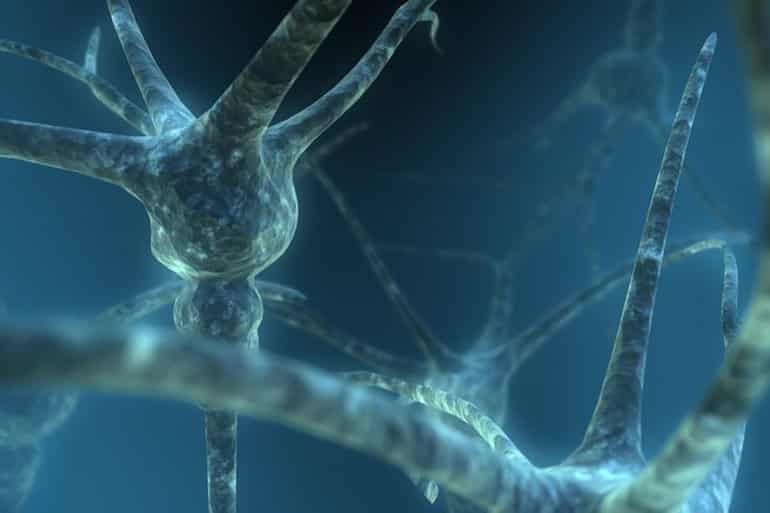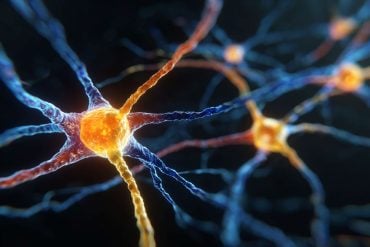Summary: Apoptosis plays a critical role in brain development as it influences the thickness of layers in the cerebral cortex, variety, and layer cell density. Alterations in how cells perform division and apoptosis lead to the development of abnormal cortical structures as seen in a variety of neurodevelopmental disorders, including autism.
Source: University of Surrey
Computer scientists at the University of Surrey have created a ground-breaking model that could improve our understanding of developmental disorders such as autism.
Scientists have long tried to better understand how the cerebral cortex and its layers develop, with pathologies such as autism, schizophrenia and epilepsy linked to this process.
In a paper published by the journal Cerebral Cortex, scientists from Surrey, Newcastle University, and Nottingham University detail how they developed and used a computational model to simulate cell division, cell migration and apoptosis (cell death) in the hope of understanding how these processes affect the development of the brain.
With the help of their computer model, the researchers reproduced a wide number of cerebral structures to study – from rats, to macaques, to humans.
The team also observed that slight changes in how cells perform division and apoptosis lead to the development of cortical structures found in neurodevelopmental disorders such as autism, polymicrogyria and subcortical band heterotopia.
Dr Roman Bauer, Engineering and Physical Sciences Research Council Research Fellow and lead author of the study from the University of Surrey, said: “We are working towards a comprehensive computational model of the cerebral cortex and how it develops – taking into account how neurons behave and organise themselves in our brains. It is clear to us that computational models have a crucial role to play in helping us to comprehensively understand the complex biological processes that lead to developmental disorders.”

Marcus Kaiser, Professor of Neuroinformatics at the University of Nottingham and senior author of the study, said: “A large proportion of nerve cells dies before birth, but it was unclear why these cells are just born to die at such an early stage. The team’s results showed that cell death plays an essential role in developing the brain, as it influences the thickness of the cortex’s layers, variety and layer cell density.”
About this neurodevelopment research news
Source: University of Surrey
Contact: Dalitso Njolinjo – University of Surrey
Image: The image is in the public domain
Original Research: Open access.
“Creative Destruction: A Basic Computational Model of Cortical Layer Formation” by Roman Bauer et al. Cerebral Cortex
Abstract
Creative Destruction: A Basic Computational Model of Cortical Layer Formation
One of the most characteristic properties of many vertebrate neural systems is the layered organization of different cell types. This cytoarchitecture exists in the cortex, the retina, the hippocampus, and many other parts of the central nervous system. The developmental mechanisms of neural layer formation have been subject to substantial experimental efforts.
Here, we provide a general computational model for cortical layer formation in 3D physical space. We show that this multiscale, agent-based model, comprising two distinct stages of apoptosis, can account for the wide range of neuronal numbers encountered in different cortical areas and species.
Our results demonstrate the phenotypic richness of a basic state diagram structure. Importantly, apoptosis allows for changing the thickness of one layer without automatically affecting other layers. Therefore, apoptosis increases the flexibility for evolutionary change in layer architecture. Notably, slightly changed gene regulatory dynamics recapitulate the characteristic properties observed in neurodevelopmental diseases.
Overall, we propose a novel computational model using gene-type rules, exhibiting many characteristics of normal and pathological cortical development.






